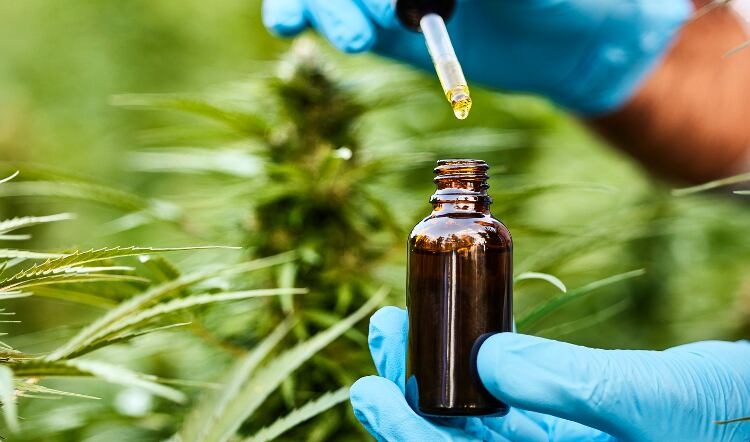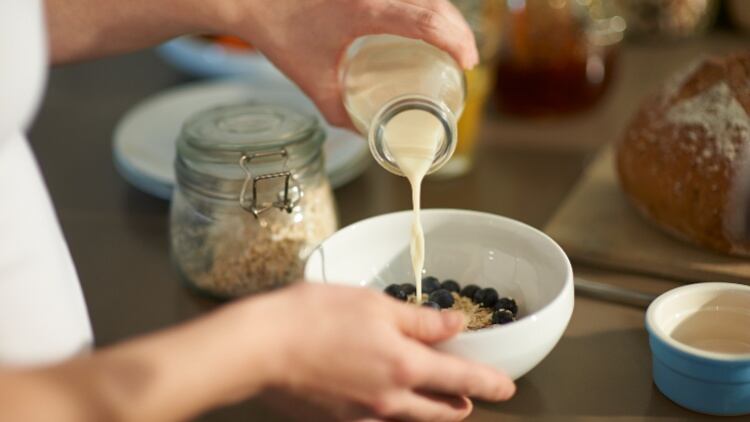During September 2023, the food and drink manufacturing delivered a reading of 48.8 on the tracker’s output charges measures. This was down from 50.5 in August and the lowest reading the sector has posted since February 2020, when it reached 46.0.
Any reading above 50.0 suggests that prices charged by food and drink manufacturers have risen, while anything below indicates a price fall.
The decrease has been driven by falling input costs, which posted a reading of 42.4 in September, down from 43.3 a month earlier. This is largest rate at which costs have fallen since September 2015 (39.6 reading), while the past five months have all recorded input cost decreases.
As a result of the falling prices, new order demand and output growth has risen dramatically – the fastest rate of any sector that Lloyd’s tracks.
Interest rate increases having ‘desired effect’
Responding to the tracker’s latest results, Nikesh Sawjani, senior UK economist at Lloyds Bank Corporate & Institutional Banking, said: “September’s data is a perfect example of the relationship between pricing, demand, and growth. Food and drink manufacturing sector output grew faster than other UK sectors as producers lowered their prices in response to five consecutive months of falling costs.
“Further signs of easing inflation and a cooling UK labour market could be a signal that the Bank of England’s interest rate increases so far, are having the desired effect.”
Meanwhile, managing director for food, drink and leisure at Lloyds Bank Commercial Banking, Annabel Finlay said that input cost reductions were now being passed down the supply chain.
“If this trend continues, there is an opportunity for producers to leverage rising demand in the months ahead, particularly in the run up to Christmas,” Finlay added.
“However, the UK food and drink supply chain doesn’t exist in a vacuum. There are several factors that could see this positive trend reverse, not least the broader economic outlook for the UK. Maintaining a strong working capital position will help ensure that producers are prepared for any further fluctuations in demand from their customers.”





